Take a journey into the infinite blue, where the world’s seas serve as the stage for the geopolitical dance. Here, among the sea foam spray and seabird calls, rises the aircraft carrier, a giant of the waters. These floating forts are beautiful technical marvels that tell stories of strength and grandeur across the nautical expanse, not simply as warships. One question remains unanswered as we explore the world of naval superiority, calling inquisitive minds: “How much does an aircraft carrier weigh?”
Come along with us as we explore this investigation’s depths and reveal these ocean giants’ hefty secrets.Envision an aquatic metropolis, a floating citadel brimming with cutting-edge armaments and technology. These are the true stories of the biggest aircraft carriers in the world, colossal sea monsters that can transport, take off, and land a wide variety of aircraft. These floating air stations are the backbone of naval forces, projecting power out beyond the horizon with everything from fighters to helicopters.
Countries all across the world are competing to own the most cutting-edge aircraft carriers in a covert arms race. With its powerful fleet of eleven carriers, each of which is evidence of American naval superiority, the United States leads the assault. They are not, however, alone in their quest. Along with other countries like Japan, Australia, and Brazil, the United States, China, India, France, Russia, and Italy all have their own carriers.
Examining the giants of the seas, the top five largest aircraft carriers that command the nautical scene, in more detail
1. CVN-78, USS Gerald R. Ford Class:
The flagship of its class, the USS Gerald R. Ford, is the embodiment of American naval engineering excellence. It is the biggest aircraft carrier ever constructed, with a displacement of 100,000 tons and an astounding length of 337 meters when it was put into service in May 2017.
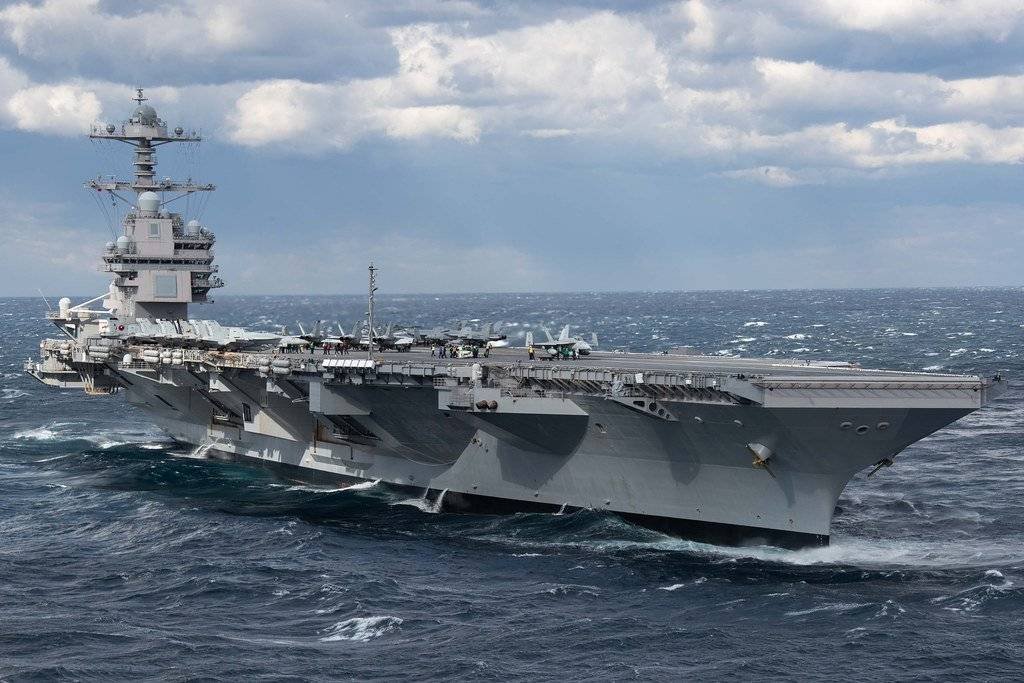
The 78-meter-long flight deck, which is outfitted with an electromagnetic aircraft launch mechanism and sophisticated arresting gear, can hold over 75 aircraft, including strike, fighter, and helicopter aircraft.
The USS Gerald R Ford is a nuclear-powered vessel with 4,539 people on board. This allows the ship to function continuously for lengthy periods of time without the need for refueling.
Airframe Missiles (RAMs), Phalanx close-in weapon systems (CIWS), and RIM-162 Evolved Sea Sparrow missiles are among its powerful defensive capabilities against air and missile threats.
The USS Gerald R. Ford, the fleet flagship of the United States Navy, is a symbol of American military strength, casting influence and power over the seas.
2. USA’s Nimitz Class:
Ten nuclear-powered ships make up the Nimitz class carriers, which are mainstays of US naval might. Since the 1970s, these carriers—named for Fleet Admiral Chester W. Nimitz—have served as the foundation of the American Navy’s fleet.
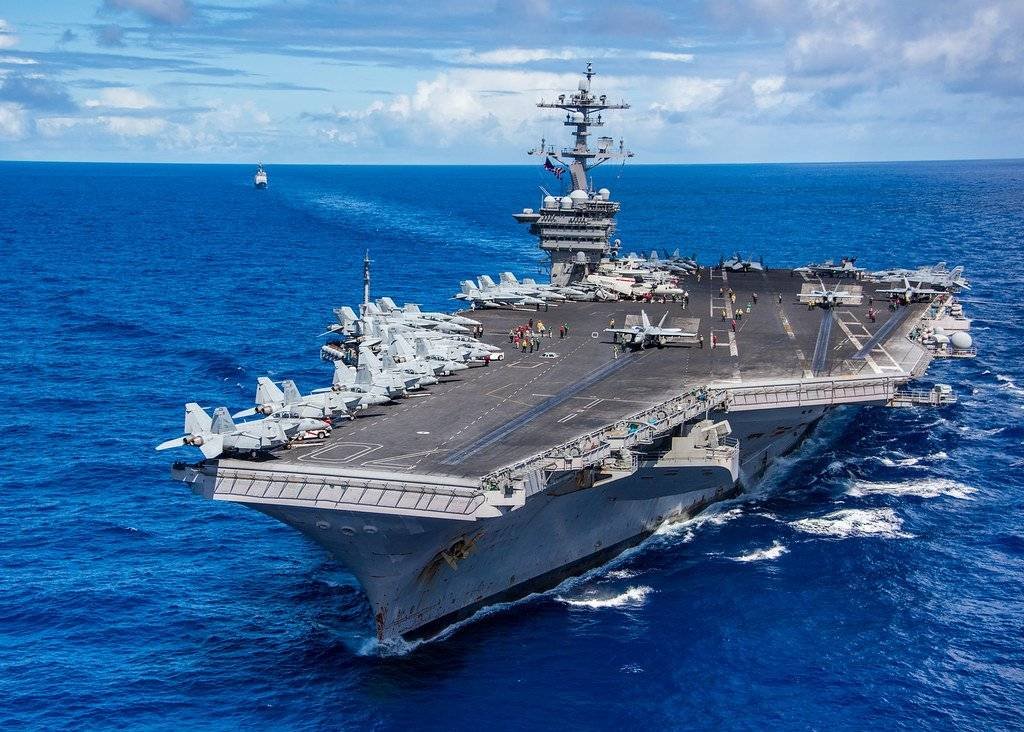
Measuring 332.8 meters in length and 97,000 tons in displacement, these carriers have a 4.5-acre flight deck that can hold more than 60 aircraft.
With the help of a crew of 3,000 to 3,200 people, which includes air wings and support workers, these ships can reach speeds of over 30 knots thanks to the power of two nuclear reactors.
The Nimitz class carriers demonstrate American military supremacy on the high seas by providing adaptable platforms for a variety of tasks, including as air superiority, force projection, and maritime security.
3. UK’s Queen Elizabeth Class:
With HMS Queen Elizabeth and HMS Prince of Wales being the biggest warships ever constructed for the Royal Navy, the Queen Elizabeth class carriers symbolize the United Kingdom’s comeback as a maritime force.
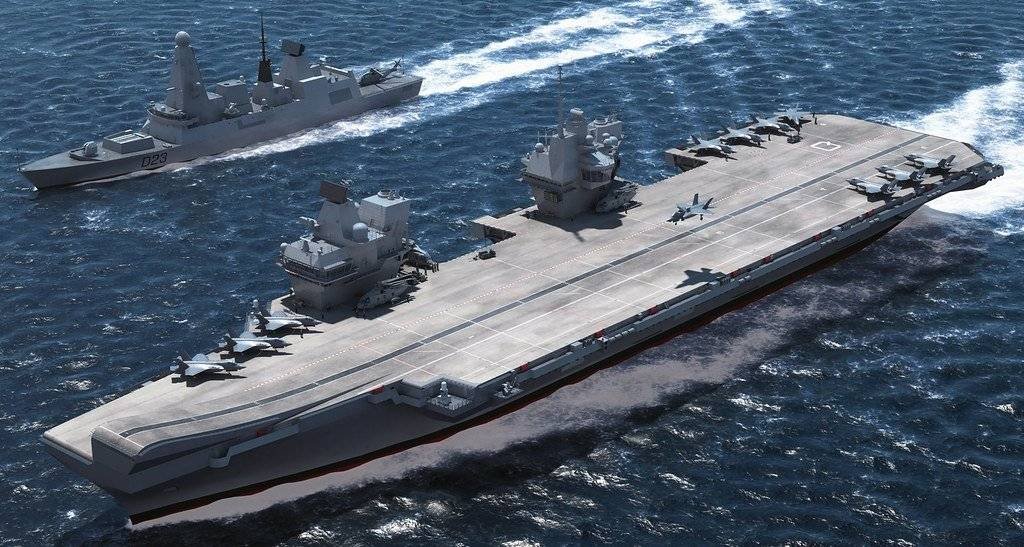
These boats include state-of-the-art aviation facilities, including a ski ramp for aircraft launches. They are about 280 meters long and weigh around 70,000 tons.
These carriers can hold up to 40 aircraft, including F-35B Lightning II fighters and helicopters, and have a crew complement of over 1,600 people, giving them significant air support capabilities.
The Queen Elizabeth class carriers, outfitted with cutting-edge sensor and communication technologies, augment the United Kingdom’s expeditionary capabilities, facilitating the projection of force and influence over the global waters.
4. China’s Fujian aircraft carrier, or Type 003:
This aircraft carrier is a symbol of the country’s will to modernize its armed forces and to assert its maritime rights in the Asia-Pacific area.
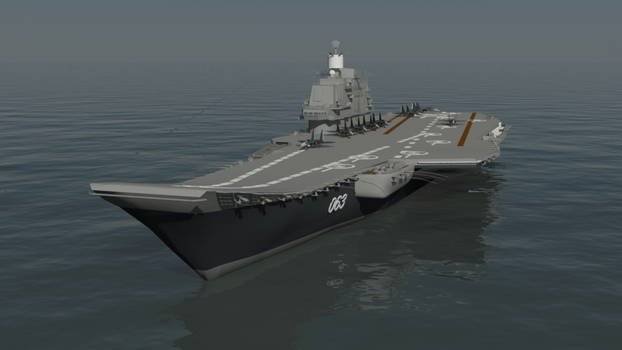
Launched in June 2022, this domestic carrier is similar in size to its American counterparts, with a displacement of around 80,000 tons and a length of 316 meters.
With its electromagnetic catapult for aircraft launch and flat-top flight deck for seamless takeoffs and landings, China’s aerial combat capabilities and operational flexibility are improved by the Fujian carrier.
Strengthening China’s maritime military posture and strategic reach, this carrier can carry a variety of fixed-wing aircraft and helicopters, including airborne early warning planes and stealth fighters.
China’s first aircraft carrier, Liaoning, represents the nation’s goal of establishing blue-water naval capabilities and staking out its territorial claims in the Asia-Pacific area.
This ship, which was first constructed for the Soviet Navy, was purchased by China in the 1990s and underwent a thorough restoration and modernization process before to being assigned to the People’s Liberation Army Navy in 2012.
5. The Liaoning, China
The Liaoning, at 304.5 meters in length and 58,000 tons in displacement, has enough room to accommodate around 50 aircraft, including fixed-wing and helicopter models.
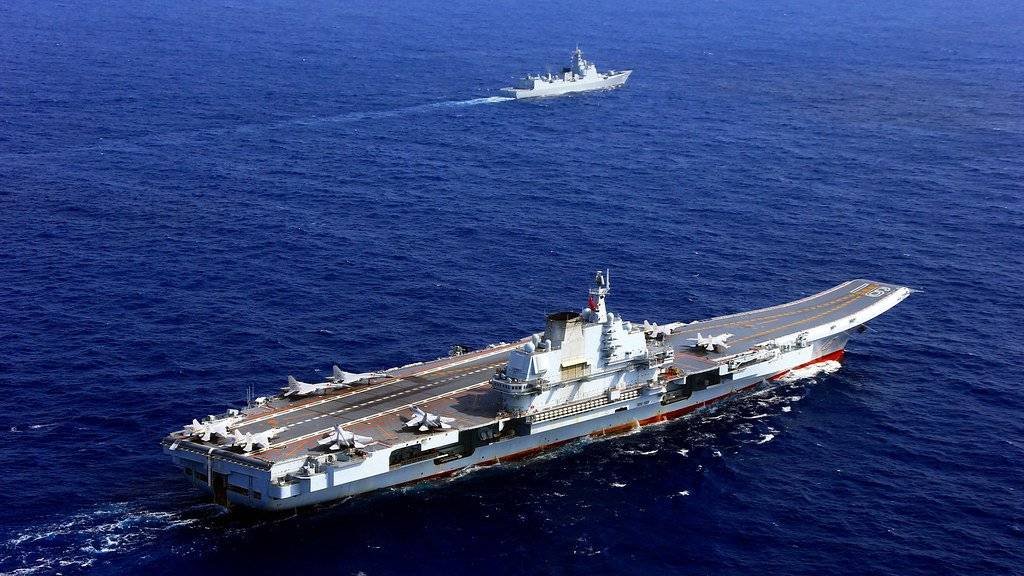
The Liaoning, which is largely used as a training ship, gives Chinese navy aviators crucial experience that helps them improve their carrier-based operations abilities and the PLA Navy’s overall combat preparedness.
Finally, consider these aircraft carriers as the maritime innovators who are shaping the strategic seascape of the future as well as the present. With their commanding appearance and distinctive aura, they represent the pinnacle of military might and pride in their country, ready to defend their interests and promote peace across the vast ocean. In spite of everything, there is still one unanswered question: how much does an aircraft carrier weigh? This apparently simple question captures the enormous scope and importance of these floating castles, highlighting their critical role in determining security and stability around the world.
Read More Exciting Blogs
Biggest Airplane on Earth, Unveiling the WindRunner
Revealing the SR-72 Darkstar: A Realm Beyond Top Gun’s Stage?

